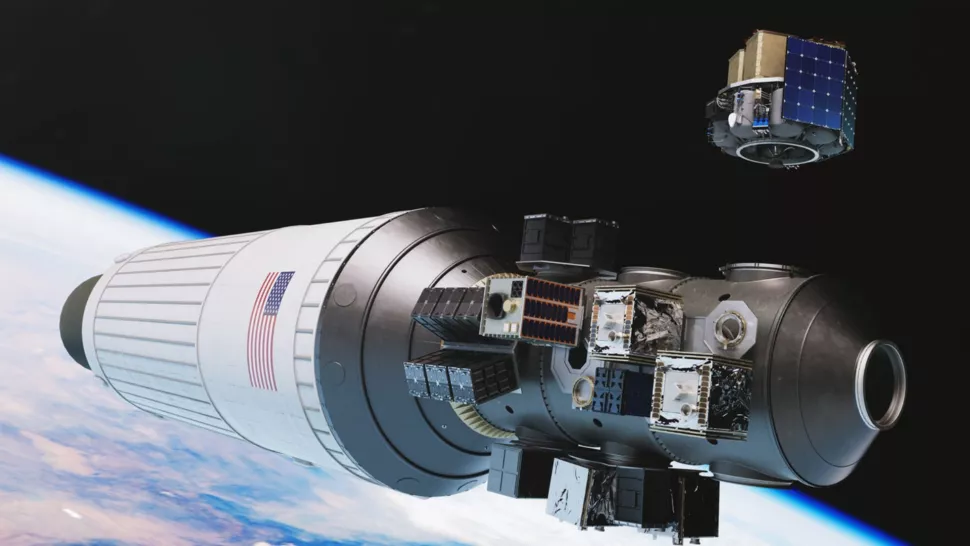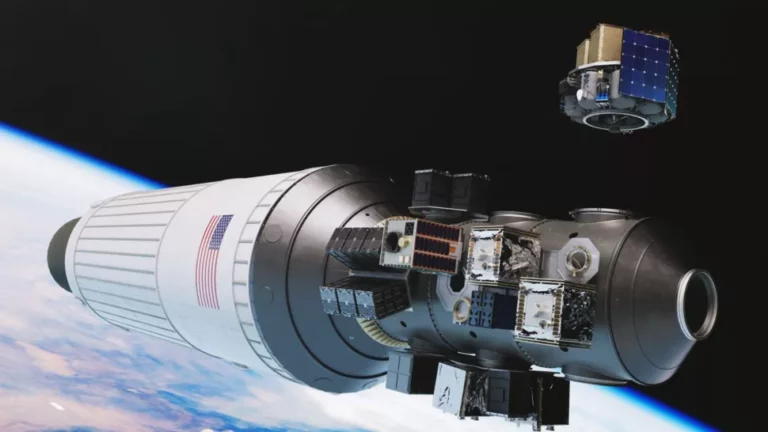After launching on a SpaceX rocket, the first privately-owned space tug experienced a failure.
After launching on a SpaceX rocket, the first privately-owned space tug experienced a failure.
According to Launcher, a startup involved in space launches, its initial spacecraft, the Launcher Orbiter SN1, was unsuccessful following its launch on a SpaceX rocket last month. The SpaceX Transporter-6 mission carried 114 satellites to orbit, making it the second-largest payload ever launched on a single mission. The Transporter-6 was SpaceX’s 200th flight, and it delivered various payloads, such as a weather cubesat for the Space Force and a solar sail prototype by French company Gama.

Launcher has announced that one of the payloads from the mission has been verified as unsuccessful. The company issued a statement on Thursday, February 16, stating that the Orbiter SN1 spacecraft lost power and control, resulting in its shutdown. Launcher stated that they were unable to generate power from their solar panels because of a fault in their GPS antenna system, which caused an orientation control issue.
In its failure statement, Launcher describes the Orbiter SN1 as a “space tug” that has a high delta-v capacity. Delta-v, which pertains to the craft’s ability to modify its trajectory or velocity, is a significant factor in the spacecraft’s capability. According to Launcher’s website, the Orbiter can execute a variety of maneuvers to adjust its orbit and accurately position individual satellites in their specific locations. This feature allows Launcher to put satellites into precise orbits that are not limited by their particular launch rideshare, granting their clients greater flexibility in selecting their satellites’ ultimate orbits.
After the unsuccessful mission, Launcher announced that it will revamp its GPS radio and antenna subsystems for forthcoming flights to prevent a recurrence of the problem. The company also stated that it has improved the battery charger of the Orbiter, enabling it to charge and recuperate from almost any spacecraft anomalies while doubling its battery capacity.
Launcher intends to carry out more missions later this year, with the Transporter-8 mission scheduled for launch in June, followed by Transporter-9 in October, both on SpaceX’s rockets.
Do not forget to share your opinion with us to provide you with the best posts !




Hello i am kavin, its my first time to commenting anywhere, when i read this
article i thought i could also make comment
due to this sensible paragraph.